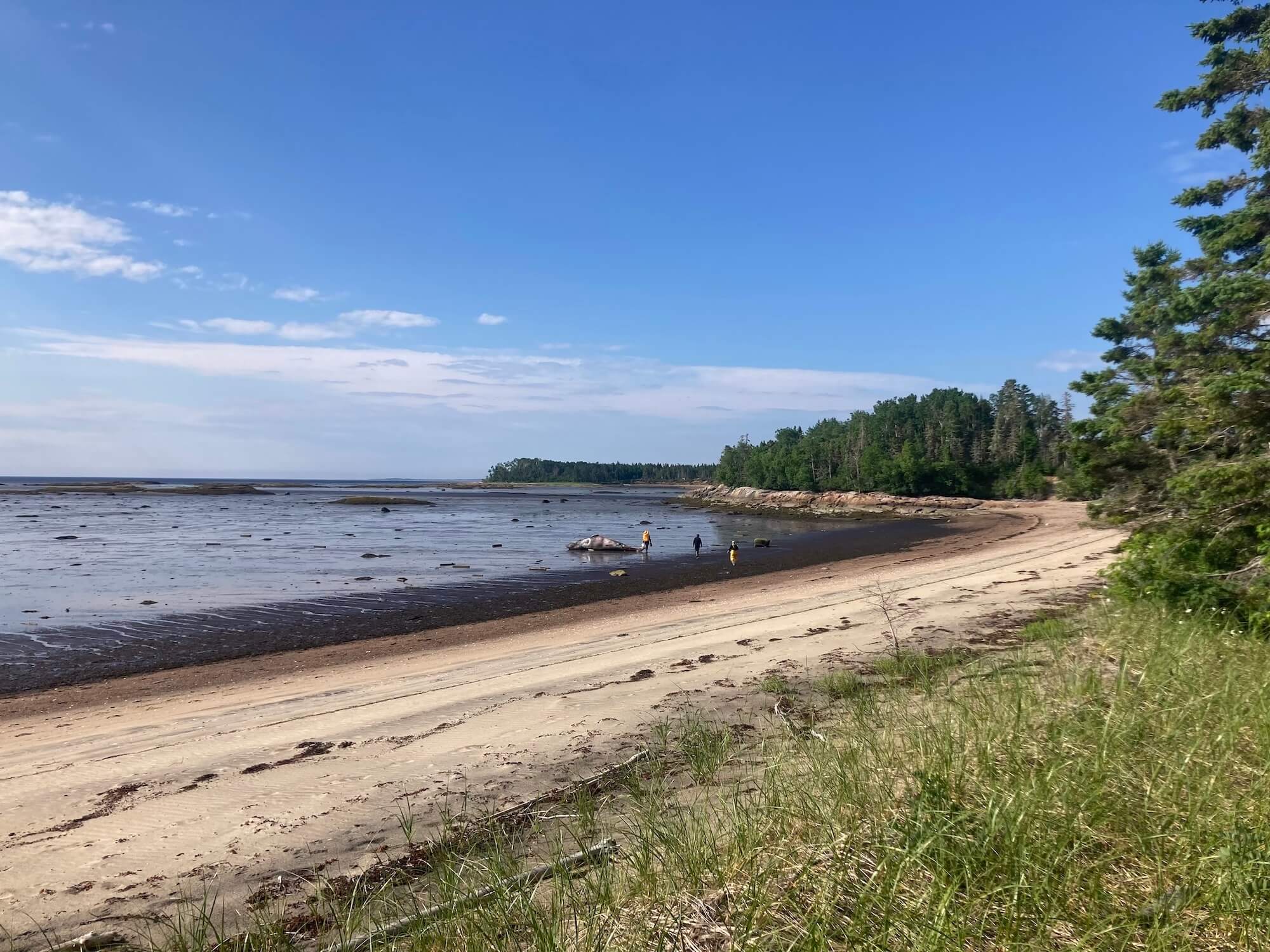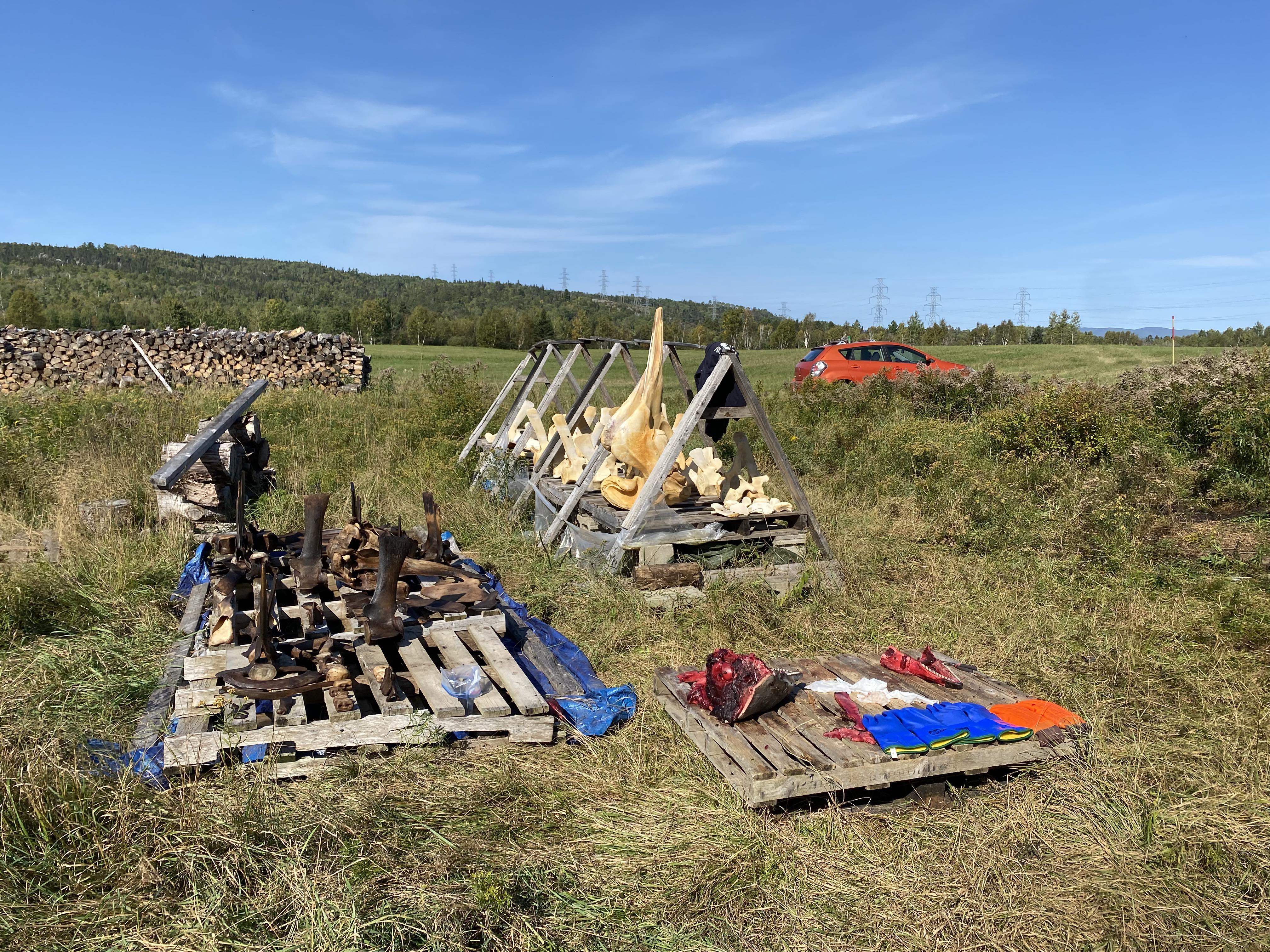In last week’s Field Notes, we presented the preparatory steps for beluga matching. This week, discover how the team adds pages to the life chapters of individually-known belugas.
Beluga 201801102 is nearly ready to be paired. There is one last preparatory step: creation of the “SoftMatch” by senior technician, Bleuvet captain and IT expert Michel Moisan.
Creating Proposal Lists
SoftMatch is the list of catalogued individuals with which 201801102 will be compared. It takes into account the “bar code” representing the distinctive characteristics of our unknown individual and compares it with those of known animals already listed in the catalogue. Additionally, in the event we have to match a young beluga, all catalogued individuals considered to be adults will be removed from the list. The software proposes individuals in descending order of probability.
In fact, about one-third of individuals are found in the first 25 proposals.
Pairing Captures
At last, we’re ready for the match: a first matcher settles in behind his screen and will compare 201801102 with all proposals from 1 to 200.
After rejecting the first five results, he takes a long look at one individual: DL2369. Then, a second beluga catches his eye: DL594, which is ranked 42. These two individuals resemble our CIN. Despite the similarity, the two proposals will be rejected by team leader Marie-Hélène D’Arcy. The first 200 proposals have been exhausted, and we did not succeed in locating the beluga in the catalogue.
According to the first matcher, these two belugas resemble 201801102. Unfortunately, they are not the same individuals.
A second matcher intervenes. He reviews the first 200 proposals to ensure we didn’t overlook the perfect match. Once again, there are no correspondences.
A third matcher will compare all the belugas featured in the catalogue. He ended up noting a resemblance with the 346thsuggestion: DL0579.
Both on the individual under study and on DL0579, we find the conspicuous notch and the same small irregularities on the dorsal crest, as well as the darker “brush stroke” just below.
This third individual sends the match to Marie-Hélène. She also notes the five points of similarity, but to safeguard against a false result, she sends the proposal to GREMM scientific director Robert Michaud. He confirms: it is Nomi (DL0579), a female first encountered in 1994 and who has been observed on several occasions with calves and young belugas.
Addition to the Central Catalogue
Lastly, all that’s left to do is to add the information of this July 16 encounter to our dear Nomi’s ID card, at which point our central catalogue will be up to date. Using the details recorded on the boat at the time of the encounter with Nomi, the photo will be contextualized. Little by little, pages are added to the life history of this female.
As you now know, beluga matching requires time and a good team spirit. However, it is thanks to such efforts that research on beluga behavioural ecology is moving forward.










